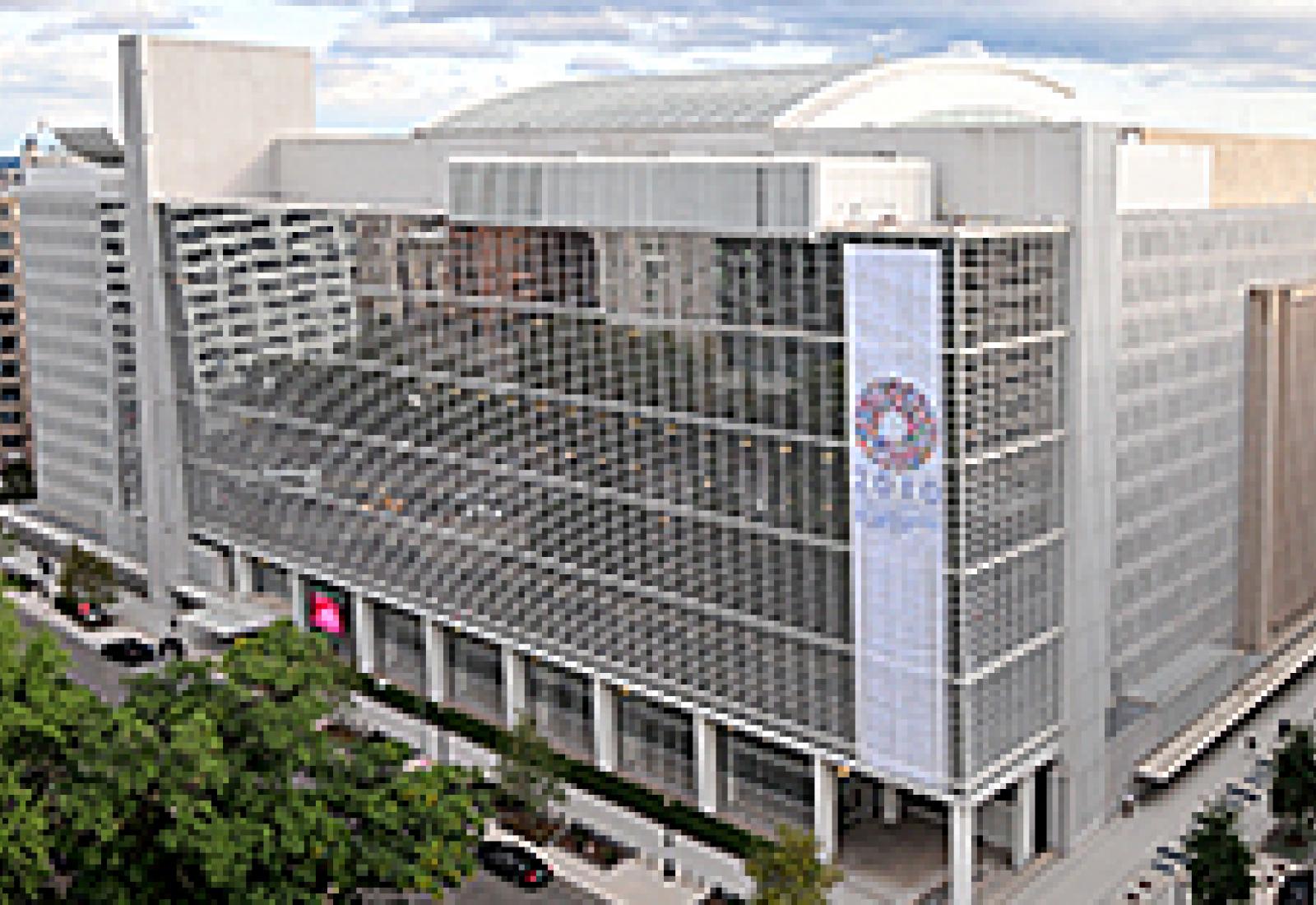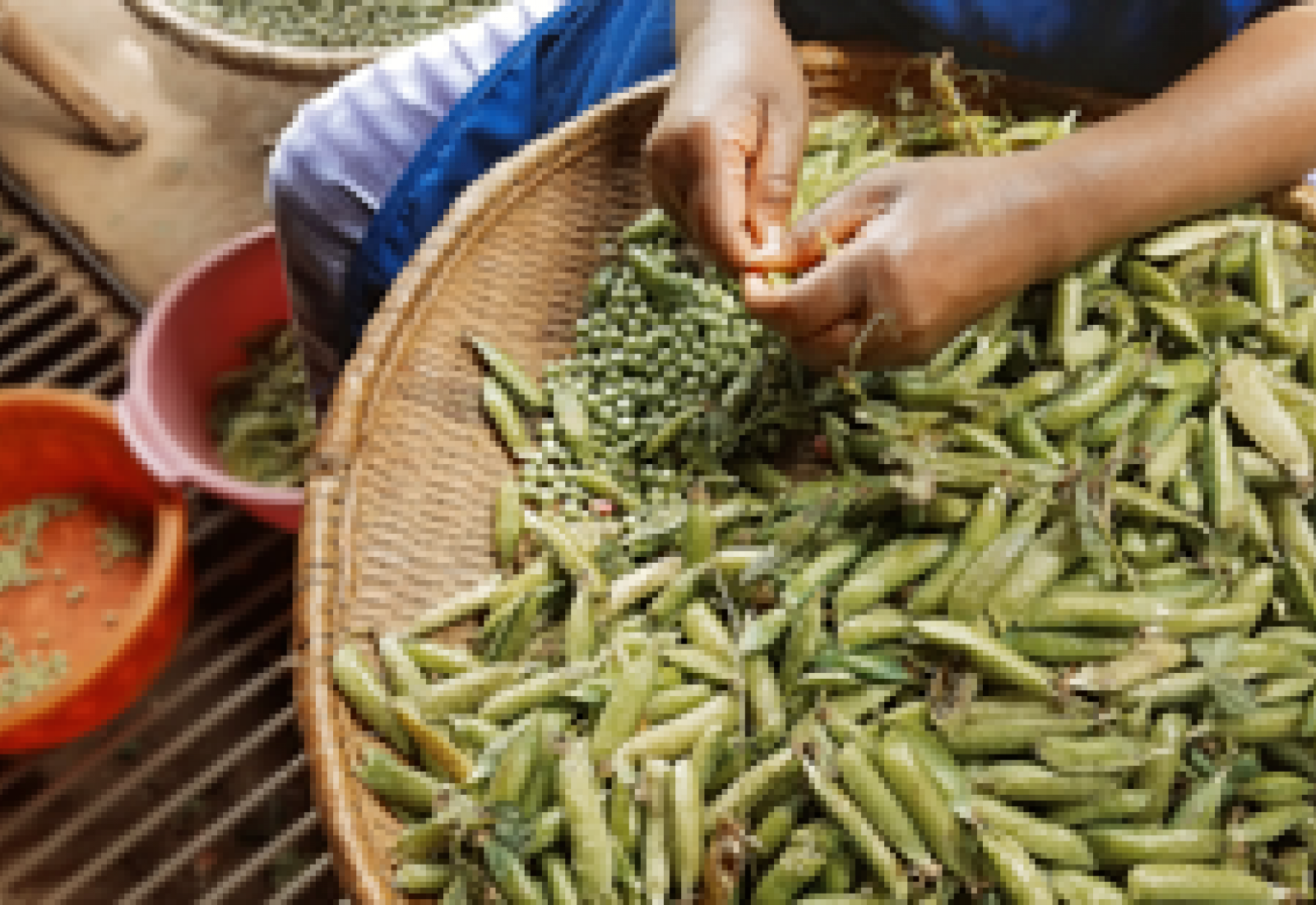
Accelerating the Push to Electrify Africa
It’s well understood that energy is critical to development, health, and welfare in emerging markets.
That became even clearer during the global rollout of COVID-19 vaccines that began in 2021. Most of these vaccines require cold storage, yet only 28 percent of health care facilities in Sub-Saharan Africa had the reliable electricity needed to power it.
African nations such as Kenya, Cameroon, and Mali found they lacked the refrigerated trucks and freezers required for safe transport and storage of COVID vaccines. In several nations, power outages compromised batches, which ultimately had to be destroyed.
Resilient, reliable, and sustainable cold chains and cold storage are also critical to food security. As much as 40 percent of Sub-Saharan Africa’s food products are lost before reaching markets, reducing farmer incomes by 25 percent.
And two-thirds of Africa’s primary schools lack access to electricity, hampering education across the continent.
Access to reliable and affordable electricity is critical to tackling these and myriad other development challenges. In fact it is at the very heart of human capital development. Energy is needed to power productive activities and deliver jobs, for climate resilience and crisis management, and for improved quality of life and gender equity, among many other goals.
“Energy must stop being a bottleneck and instead become an engine of green, resilient, and inclusive development,” says Ethiopis Tafara, Vice President at the Multilateral Investment Guarantee Agency (MIGA).
MIGA guarantees that mitigate risk and attract private investment are already supporting numerous green, modern utility-scale projects that add capacity to national electricity grids. A new 20-megawatt solar plant in Golomoti, Malawi, near the southern tip of Lake Malawi, is one of them. The facility will add to the 60 megawatts of renewable-based power that came online last year via the Salima solar power plant 80 kilometers to the north, which was also enabled by MIGA risk mitigation products.
Solar today has more potential than ever to deliver clean, renewable power due to the plunging price of solar technology, which dropped nearly 90 percent over the past decade. And countries in the Middle East and Africa boast ideal conditions to harvest the sun’s energy through solar photovoltaic technology, according to a 2020 World Bank analysis.
“Solar power continues to be extremely well-positioned,” says Marcus Williams, Global Head and Sector Manager for Energy and Extractive Industries at MIGA. “It’s cleaner, less damaging to an ecosystem, and easier to install.”
It’s Not Enough
Yet it’s becoming clear that building grid-connected power plants is not enough. Thirteen percent of the world still had no access to electricity in 2020. And gains in capacity and grid extensions are moving much too slowly to achieve the goal of universal access by 2030. This is particularly true in Sub-Saharan Africa, where more than half of people still lack access. At the current rate of progress, only eight countries in the region will achieve full electricity access by 2030, and several will take another century to fully electrify.
Fortunately, there is another solution. Distributed renewable energy (DRE) is the fastest and most cost-effective way to accelerate electricity access in remote and rural areas – especially in countries plagued by fragility, conflict, and violence.
DRE solutions often involve a solar photovoltaic station paired with battery storage and linked to a mini-grid that serves a limited number of customers – a village or a health care facility, for example – and operates in isolation from a country’s national grid. Best of all, these solutions tend to be quick to install and ultimately less expensive.
They’re picking up pace, too. DRE solutions accounted for a fifth of all new energy connections over the last decade in Africa. And they’re attracting private sector financing, though not yet at the scale needed to achieve universal access.
Delivering DRE solutions at that scale will require a different approach than traditional infrastructure investments. MIGA is now taking the lead in developing fit-for-purpose risk mitigation solutions for DRE investments, in partnership with other members of the World Bank Group.
The World Bank, the International Finance Corporation, and MIGA are launching a joint program – the World Bank Group Distributed Access through Renewable Energy Scale-Up Platform, or DARES Platform – to increase the use of distributed renewable energy in Sub-Saharan Africa.
MIGA will be central to the plan, working closely with IFC, the World Bank, and donors. MIGA’s guarantees are tailor-made to mitigate the unique risks faced by distributed energy companies that can deliver electricity solutions to underserved populations. Through these new risk mitigation solutions, MIGA can help catalyze private sector participation at scale.
The new program will focus on five core areas:
- Mini-grids
- Off-grid solar markets
- Systems for schools and health facilities
- Solar irrigation and cold chain for farmers
- And innovative business models to displace diesel generation and improve access reliability.
The plan is designed to start delivering measurable results within a year and then accelerate from there, tripling the pace of electrification between today and 2030. The one-year goals include a new risk-sharing facility and capacity-building programs for regional banks, a new model to electrify health care clinics and schools, and cross-sector approaches that will apply DRE solutions to industries like agriculture and water.
The program is not designed to provide one-size-fits-all solutions, however. Instead it will support and leverage a variety of DRE companies. That means incubating local companies to grow sustainable businesses, supporting innovative start-ups to reach scale and profitability, bringing existing larger companies to riskier markets, and attracting large multinationals through the use of public-private partnerships.
If all goes according to plan, by year four of the program, 10,000 mini-grids will be operating or under way that can deliver reliable, clean, and affordable electricity to more than 10 million people, and 100,000 schools and health facilities will be connected to reliable renewable energy-based systems.
“This is a watershed moment for MIGA,” says MIGA Executive Vice President Hiroshi Matano. “Decentralized renewable energy is a critical piece of the universal access puzzle. And MIGA’s guarantees for these solar projects, in conjunction with our World Bank Group partners, will unlock the investment needed to deliver them at scale.”





